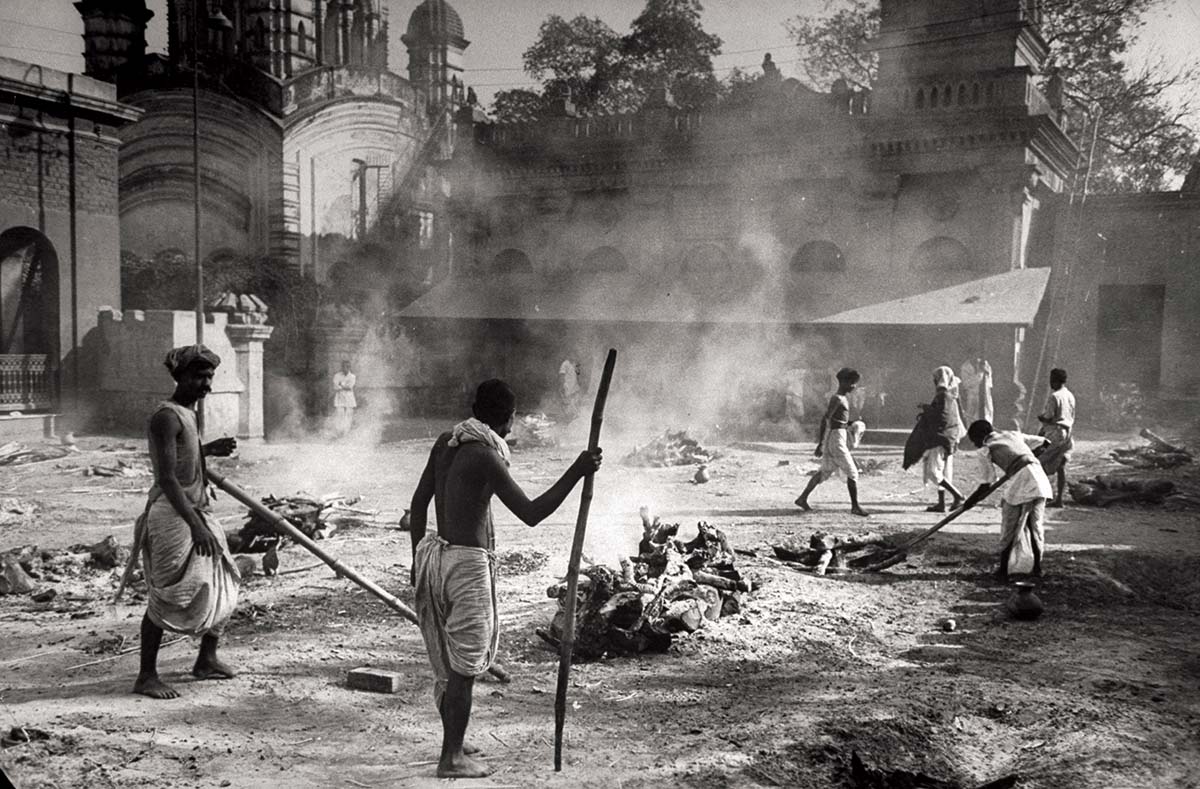The Bengal Famine of 1943
Starvation and disease killed millions in British India during the Second World War. Why?

On an October morning in 1943, a scientist employed by the government of Bengal was travelling by boat along the Brahmaputra river from Bahadurabad to take up his new job in Dhaka (now capital of Bangladesh). All along the 120-mile journey, he saw bodies of dead and dying men, women and children on both banks. There was a war on and the Japanese were only a few hundred miles to the east.
But these people did not die in the war. They were victims of a famine that had begun in the summer of 1943 and continued until the end of the year. When it ended, two to three million people had died of starvation and disease.
